Jul 5, 2024
•
Deft Team
Step into a world of timeless elegance and classic charm with traditional interior design. Discover how to transform your home into a sophisticated haven that exudes warmth and refined style!
Traditional interior design embodies timeless charm and elegance, merging classic design elements with modern living to create a sophisticated and welcoming atmosphere. This interior design style is known for its rich history, attention to detail, and harmonious balance of comfort and formality, making it suitable for various home environments.
In this guide, we'll explore the essence of traditional interior design, highlighting its key elements and offering practical tips for incorporating these features into different rooms. We'll also discuss how to integrate modern elements seamlessly, ensuring your home feels both classic and contemporary.
What is Traditional Interior Design?
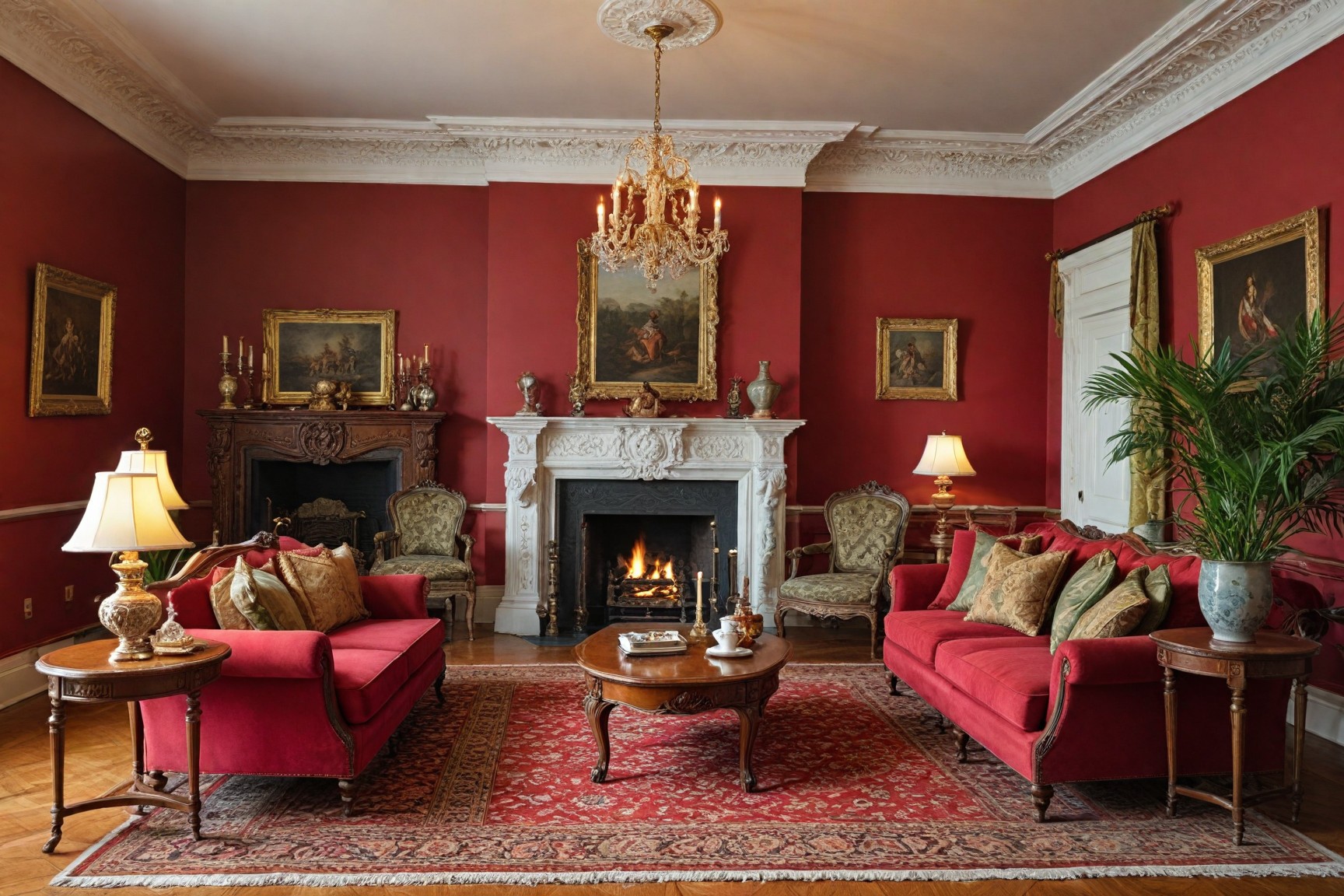
Traditional interior design draws its roots from historical aesthetics, focusing on creating a comfortable and orderly environment. This style is characterized by its use of classic furniture, rich colors, and detailed architectural elements, offering a refined and harmonious atmosphere.
Emphasizing comfort and elegance, traditional design incorporates intricate details like crown moldings, wainscoting, and ornate furnishings, contributing to its distinct appeal. The structured layout and balanced proportions of traditional interiors provide a sense of timeless elegance and sophistication, making it a revered choice for many homeowners.
Traditional interiors are known for their emphasis on symmetry and harmony. Furniture arrangements are often centered around focal points such as fireplaces or large windows, and rooms are designed to promote a sense of balance and cohesion. Rich, warm color palettes featuring shades of red, gold, and green are commonly used, along with luxurious fabrics like silk, velvet, and brocade.
Incorporating antique or heirloom pieces adds authenticity and a sense of history to traditional interiors. These elements, combined with modern comforts, create spaces that are both timeless and inviting. Whether you're looking to furnish a living room, bedroom, or dining area, traditional interior design offers a classic and sophisticated approach that can be adapted to suit contemporary living.
Elements of Traditional Design Style
Traditional interior design is defined by several foundational elements that work together to create a coherent and classic aesthetic:
Color Palette
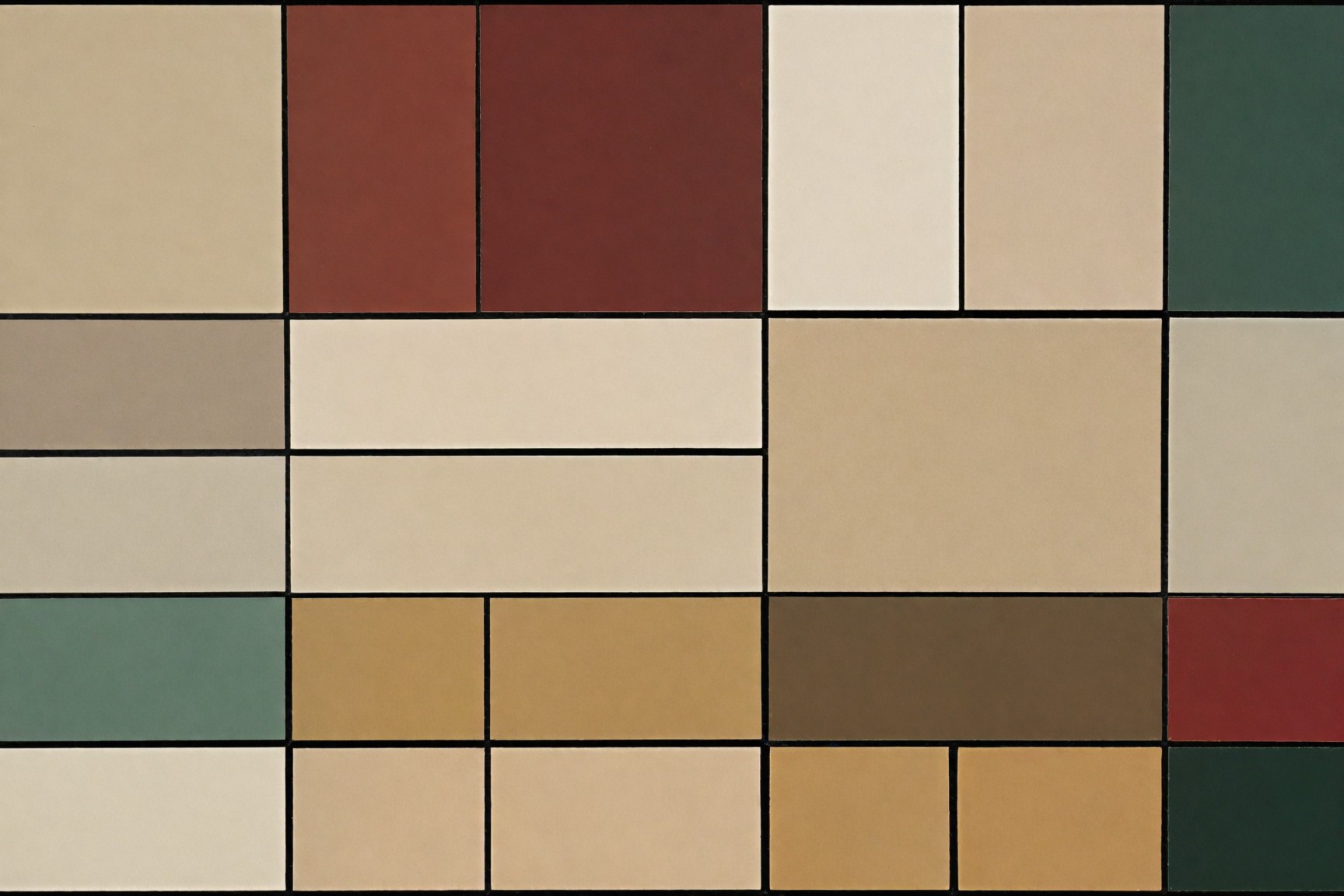
Traditional design typically uses warm, muted tones alongside rich, deep accents. Colors like beige, cream, and taupe provide a welcoming base, while shades of red, gold, and green add sophistication. These hues create a comforting and elegant atmosphere that enhances the timeless appeal of traditional interiors.
Furniture

Traditional furniture is characterized by ornate details and sturdy craftsmanship. Key pieces include wingback chairs, mahogany dining tables, and upholstered sofas with carved wooden frames. These pieces enhance the elegance of any room and offer both comfort and style. The intricate carvings and quality materials reflect a sense of history and permanence.
Fabrics and Textures
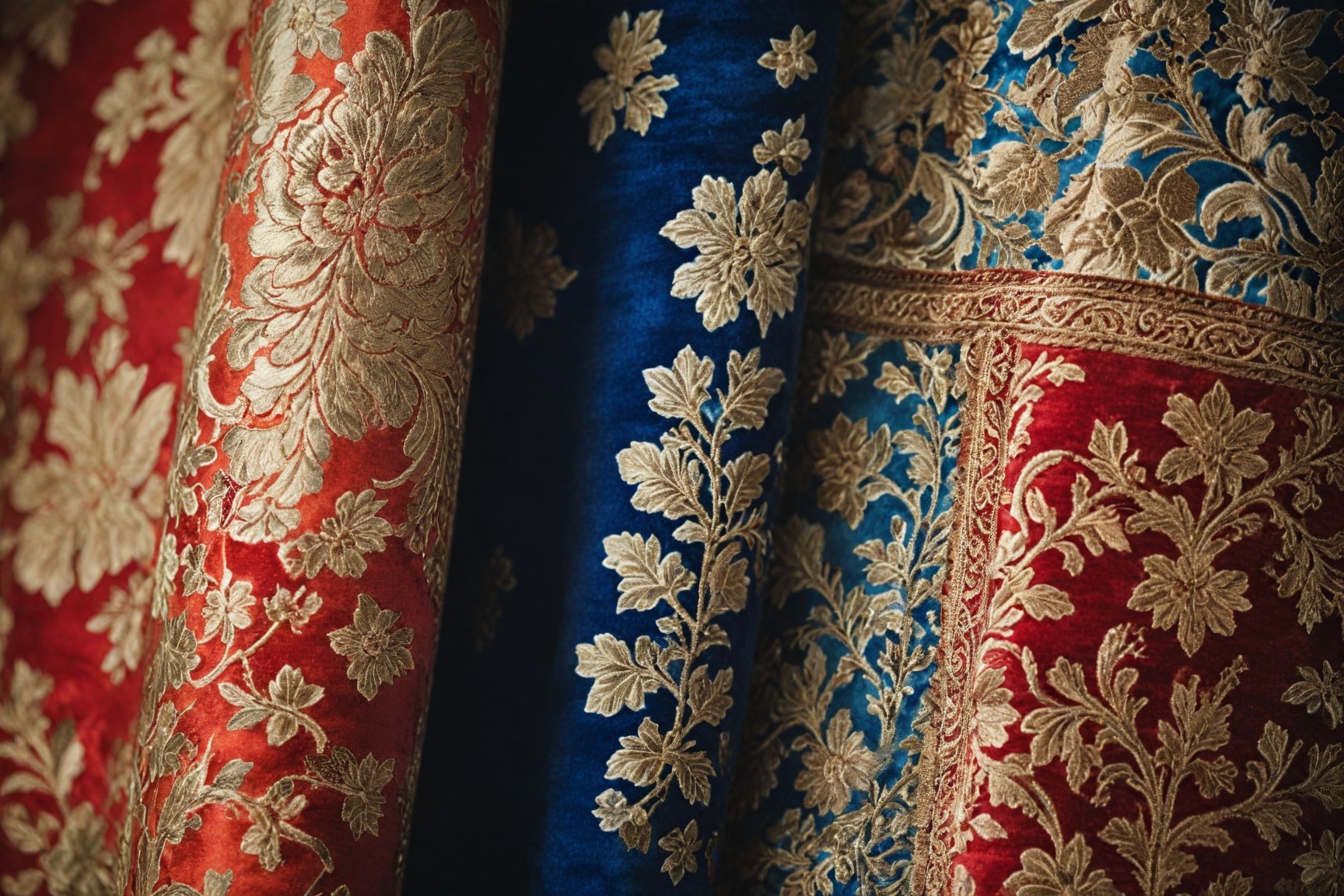
Luxurious fabrics like velvet, silk, and brocade play a significant role in traditional interiors. Mixing and matching these textures adds depth and interest to rooms. High-quality fabrics and elegant patterns are essential for achieving a classic look. These rich textiles create a layered, sumptuous feel that is both inviting and refined.
Flooring and Walls
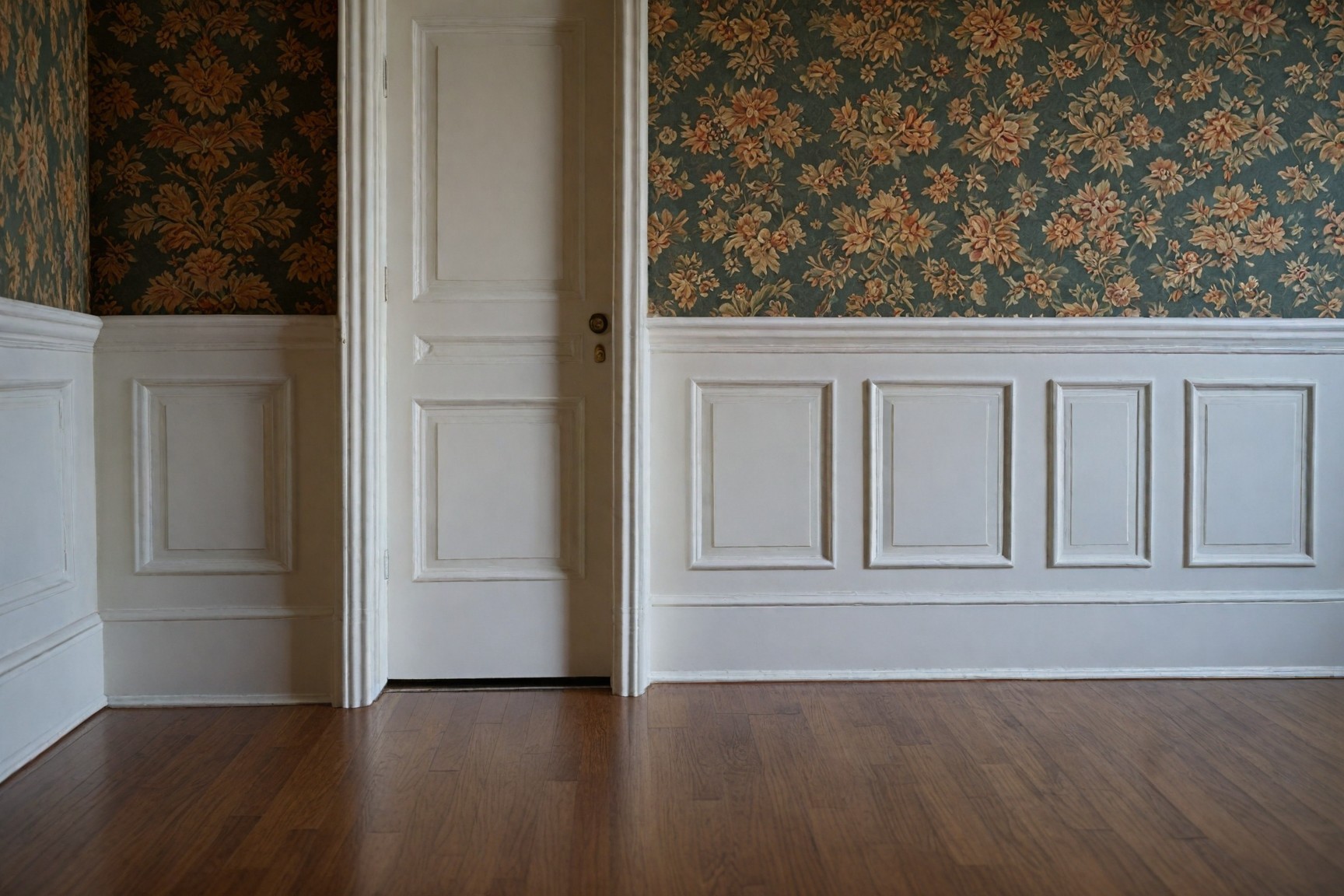
Preferred choices for flooring in traditional settings include hardwood floors and decorative rugs. Walls are often adorned with decorative wallpapers or painted in neutral tones. These elements complement other decor pieces to create a cohesive look. Decorative moldings and trim further enhance the classic appeal, adding architectural interest and detail.
Symmetry and Balance
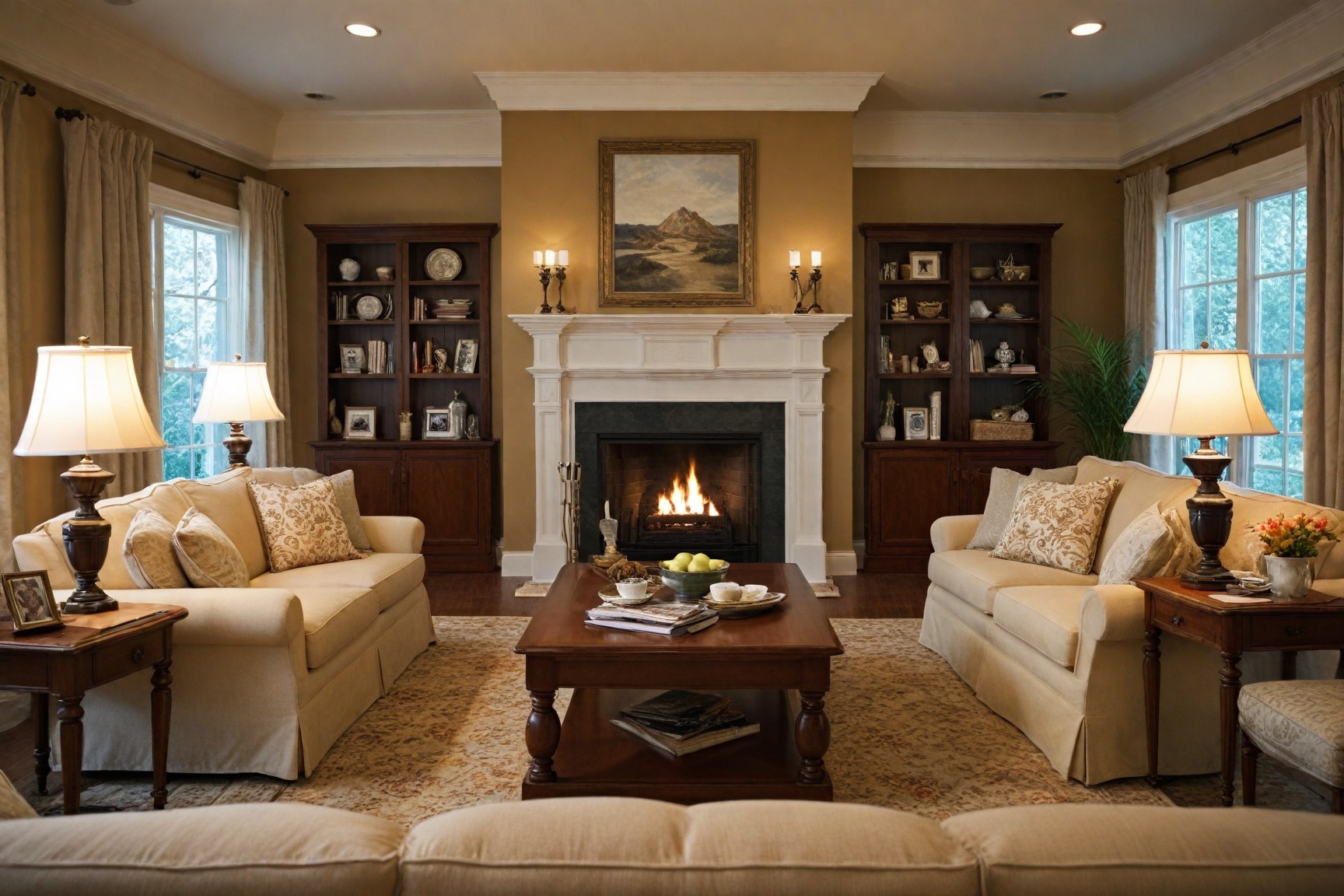
Symmetry and balance are crucial in traditional design. Furniture and decor are arranged to create a harmonious environment, reflecting classic design principles. Balanced arrangements contribute to a sense of order and tranquility, reinforcing the structured and orderly nature of traditional interiors.
Traditional Touches
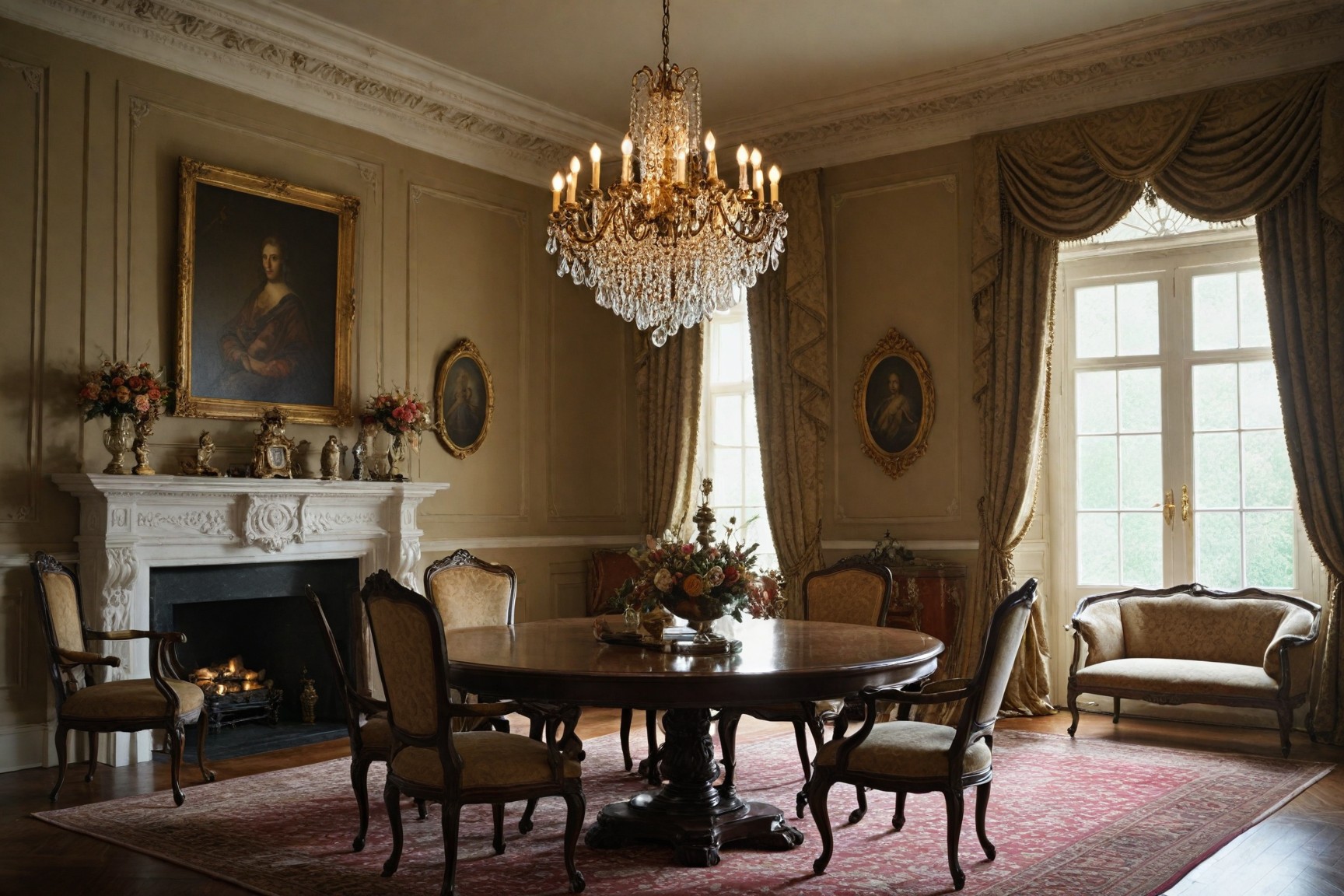
Decorative accents like chandeliers, classical art, and sculptural details are quintessential to traditional design. These elements add character and elevate the aesthetic of the space. Antique accessories, elegant lighting fixtures, and detailed moldings contribute to the overall sophistication and timelessness of traditional interiors.
Room-by-Room Guide to Traditional Design
Applying traditional design principles to various rooms within a home ensures each space reflects the elegance and comfort of traditional style. This approach creates a cohesive and harmonious living environment that evokes a sense of timeless sophistication.
By carefully selecting furnishings, finishes, and decorative elements that embody the essence of traditional design, homeowners can transform their living spaces into inviting sanctuaries that transport them to a bygone era of refined taste and gracious living. Whether it's the grand living room, the serene bedroom, the well-appointed kitchen, or the luxurious bathroom, each room can be imbued with the timeless charm and enduring appeal of traditional design.
Living Room
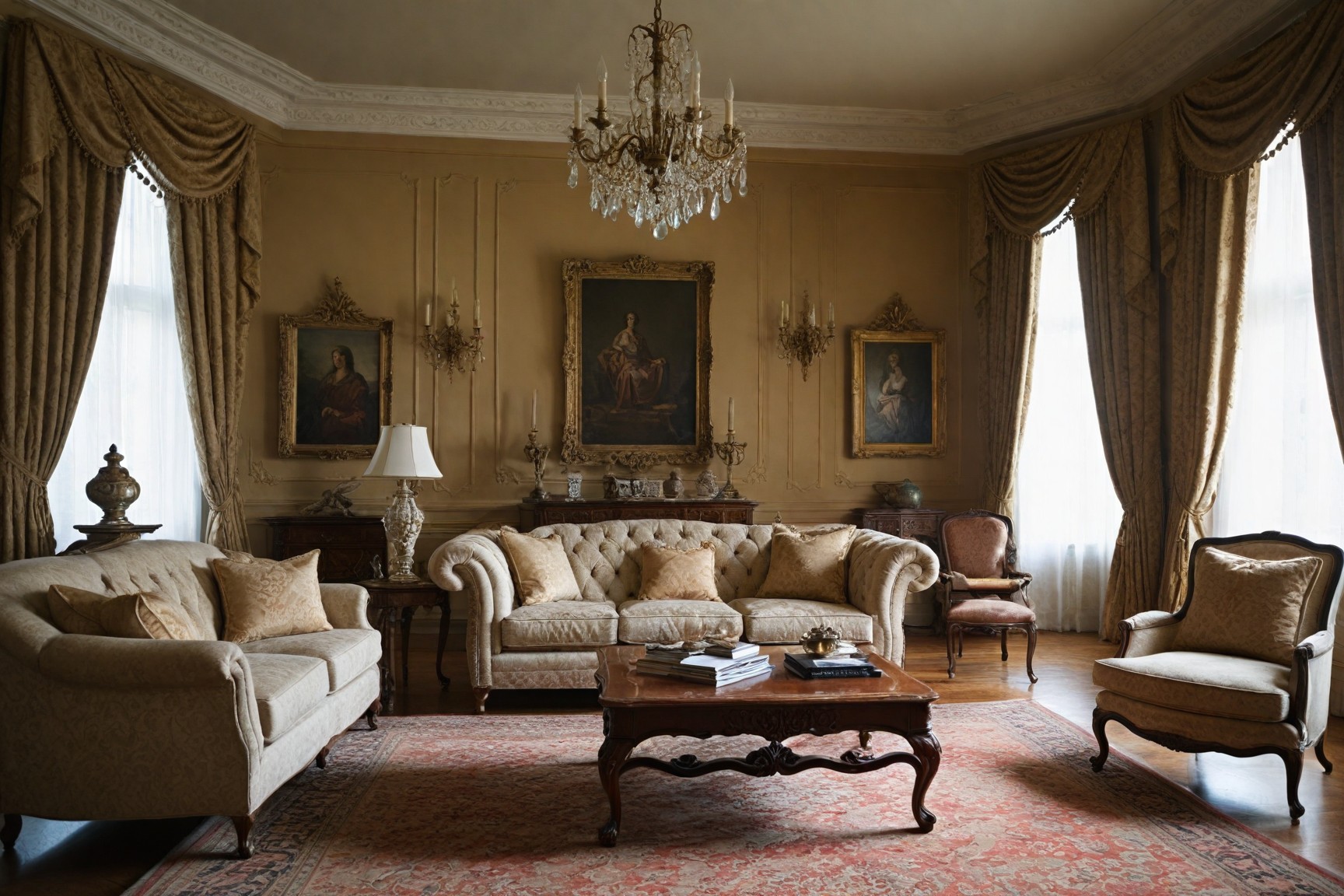
Designing a traditional living room requires careful consideration of furniture and decorative elements that embody elegance and comfort. Begin by selecting plush seating arrangements, such as upholstered sofas and armchairs, that are visually appealing and inviting. Opt for rich textures like velvet or silk, and classic styles with ornate details like tufting or beautifully carved wooden legs. Pair these with formal window treatments, such as heavy drapes in luxurious fabrics like damask or brocade, possibly with embellishments like tassels or embroidery to add grandeur.
Incorporate elegant decorative pieces to anchor the room's decor. Statement pieces like classic coffee tables made of richly stained wood or with marble tops can enhance the space, while ornate mirrors with elaborate frames add light and create a sense of spaciousness. Hang traditional artwork, such as oil paintings of pastoral scenes or classic portraits, to cultivate a cultured ambiance. Layer the space with rugs in traditional patterns and consider adding bookcases filled with volumes that reflect the interests and tastes of the inhabitants.
Bedroom
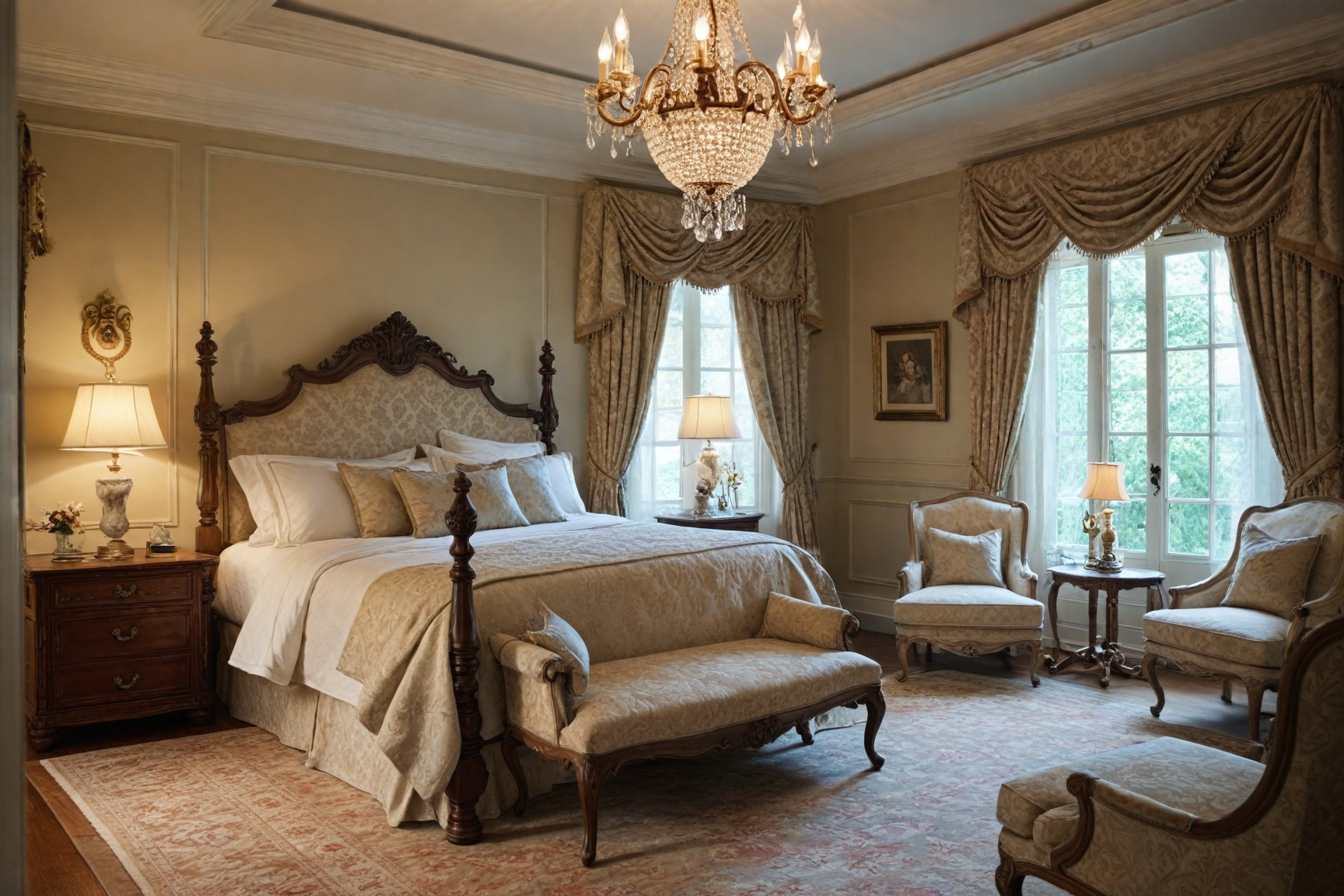
Creating a serene and luxurious traditional bedroom involves careful consideration of furniture, textiles, and lighting. Start with a grand bed featuring an ornate headboard made of carved wood or upholstered in a luxurious fabric like leather or velvet. Flank the bed with matching nightstands and include a substantial dresser, each piece featuring classic lines and rich finishes like mahogany or cherry.
Dress the bed with high-quality linens in soft, soothing colors and add multiple layers of comfort with plush throws and decorative pillows featuring embroidery, fringe, or other traditional details. Soft lighting is crucial in a bedroom, so include table lamps with silk shades on the nightstands and perhaps a chandelier or a decorative ceiling fixture with adjustable brightness to enhance the overall ambiance. To further enhance the traditional theme, incorporate elements such as a vintage-style rug, classic artworks, or a sitting area with a small writing desk and upholstered chair, perfect for journaling or reading.
Kitchen
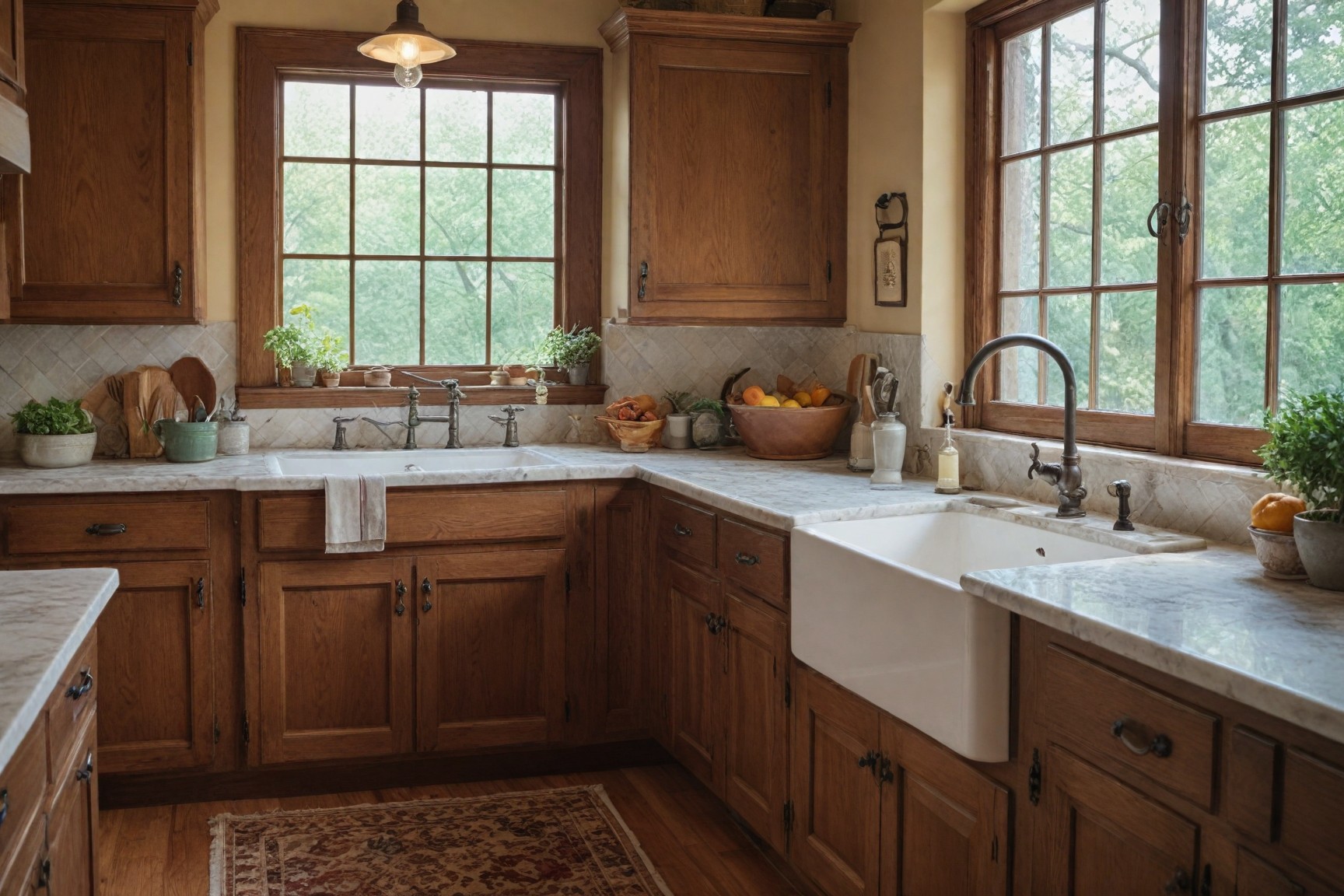
To incorporate traditional design elements into a kitchen, focus on the cabinetry, countertops, fixtures, and layout. Choose wood cabinetry with detailed moldings and paneled doors, finished in stains that enhance the natural grain or painted in classic tones like cream or soft gray. Select hardware in timeless finishes like brushed nickel or antique brass. Marble or granite countertops provide both beauty and functionality, complementing the traditional style.
Install a farmhouse sink for its classic appeal and practicality and choose vintage-inspired faucets to add character. For the layout, consider including an island with additional seating and storage, serving as the focal point for family gatherings or casual meals. Don't forget details like a tiled backsplash in a timeless pattern, decorative lighting over the island, and classic wooden flooring to unify the traditional aesthetic.
Bathroom
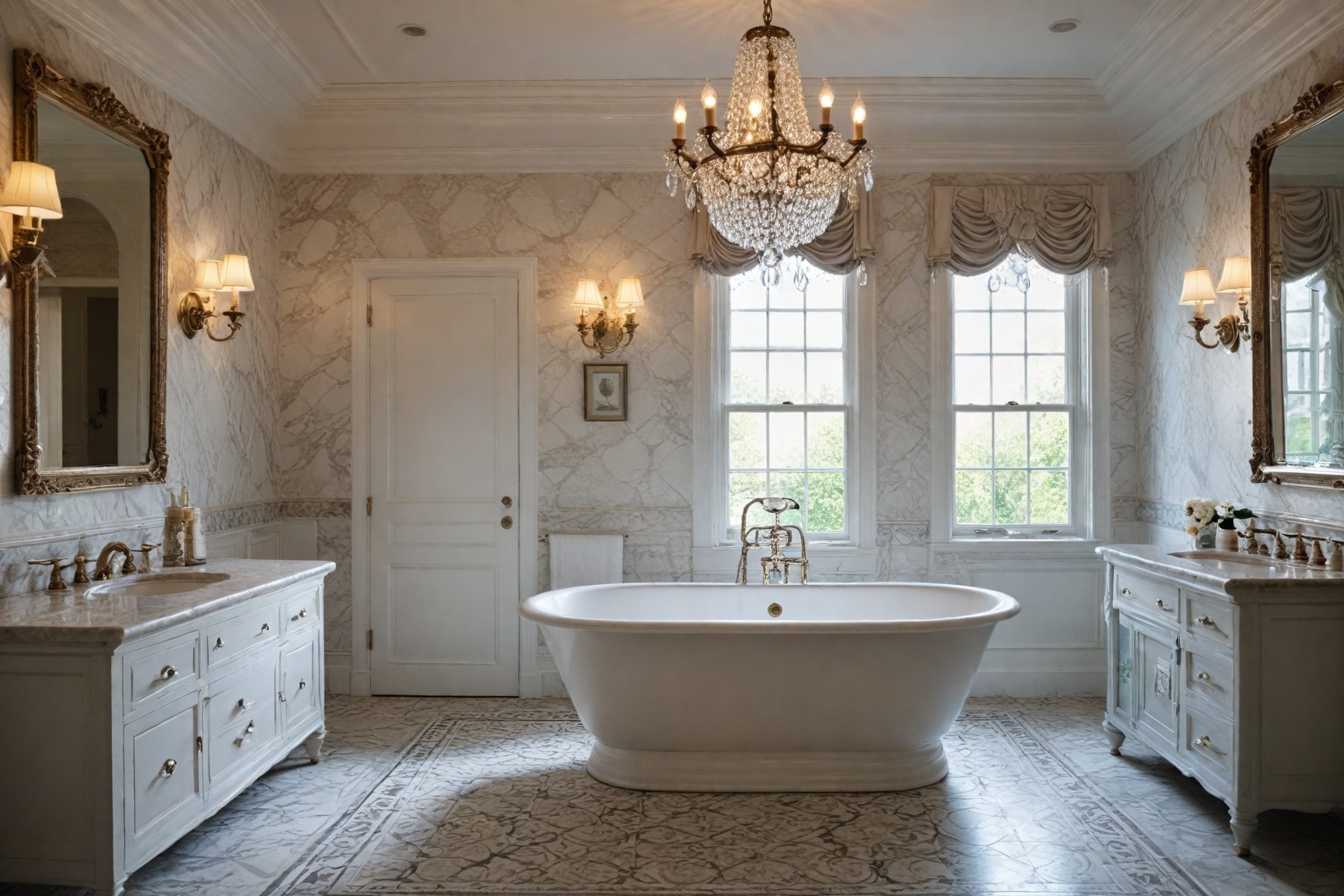
Designing a traditional bathroom involves incorporating classic elements that blend functionality with elegance. Begin with a freestanding tub as a luxurious centerpiece, opting for a clawfoot or pedestal style to infuse vintage charm. Use marble countertops for vanity areas, providing both durability and aesthetic appeal. Above the vanity, place an ornate mirror with a gilded or intricately carved frame to make a statement.
Choose classic tile patterns for the floors and walls, such as subway tiles for a clean and timeless look or hexagonal tiles for a touch of vintage elegance. Ensure the lighting is both practical and beautiful, considering wall sconces with frosted glass shades or a small chandelier to add a touch of glamor. To balance aesthetics with functionality, incorporate ample storage using traditional cabinetry with paneled doors and vintage-style knobs or pulls. This will help keep the space tidy while contributing to the overall traditional theme.
Integrating Traditional Design with Modern Elements
Blending traditional design with modern elements allows you to meet contemporary needs without sacrificing the classic appeal of traditional style.
Focus on Balance
Achieve a balanced design by mixing modern conveniences with traditional aesthetics. Ensure that modern updates enhance rather than overpower classic elements. For instance, incorporate modern appliances in a kitchen while maintaining traditional cabinetry and fixtures.
Highlight Key Traditional Elements
Preserve key traditional elements like architectural details and antique pieces. Maintain features such as crown moldings, wainscoting, and classic furniture, while integrating modern updates that complement these elements.
Embrace Modern Elements
Incorporate modern design trends and technology into traditional settings. Use contemporary art pieces, modern textiles, and innovative lighting that complement traditional decor. This creates a harmonious blend of old and new.
Why Choose Traditional Interior Design Style
Traditional interior design offers numerous benefits that make it a popular choice for homeowners. At the heart of this timeless style is a sense of elegance and sophistication that never goes out of fashion.
Timeless Elegance
The classic and sophisticated appeal of traditional design creates a warm and inviting atmosphere that endures through changing trends. Unlike fleeting fads, traditional design has a timeless quality that allows it to remain relevant and desirable for years to come. This enduring elegance is a testament to the thoughtful craftsmanship and attention to detail that characterizes this design approach.
Value Over Time
Traditional design holds its value over time, making it a wise investment for homeowners. The use of high-quality materials and classic furnishings ensures that your home retains its charm and appeal for years to come. Rather than succumbing to the whims of passing styles, traditional design offers a sense of stability and longevity that can be passed down through generations.
Versatility
Traditional design blends seamlessly with various architectural styles, making it adaptable to different homes. Whether you live in a historic property or a modern build, traditional elements can be incorporated to enhance the overall aesthetic. This versatility allows homeowners to create a cohesive and harmonious living environment that reflects their personal style and the character of their home.
Popularity
The enduring popularity of traditional design speaks to its universal appeal. Its balance of comfort, elegance, and functionality makes it a preferred choice for many homeowners. The timeless appeal of traditional design transcends individual preferences, making it a reliable and desirable option for those seeking to create a beautiful and inviting living space.
Choosing traditional interior design ensures a space that is not only beautiful but also practical and enduring. By embracing the timeless elegance, value, and versatility of this design approach, homeowners can create a living environment that is both visually stunning and deeply satisfying to inhabit.
Embrace the Timeless Beauty of Traditional Design
Traditional interior design offers enduring beauty, practicality, and sophistication. Its classic elements and timeless appeal can elevate your home's aesthetics and comfort. Embracing this design approach allows homeowners to create a living environment that is both visually stunning and deeply satisfying to inhabit.
Ultimately, choosing traditional interior design ensures a space that is not only beautiful but also practical and enduring. By carefully selecting furnishings, finishes, and decorative accents that embody the essence of this timeless style, you can cultivate a warm and inviting atmosphere that will continue to delight and inspire you for years to come.
Create Stunning Traditional Spaces - Sign Up Today!
If you're ready to transform your home into a stunning showcase of traditional elegance, consider exploring Deft Imagine, the ultimate AI interior design platform. With Deft Imagine, you can effortlessly create spaces that blend classic charm with modern convenience, tailored to your unique style and preferences. Start your design journey today and experience the timeless beauty of traditional interior design in your own home.
